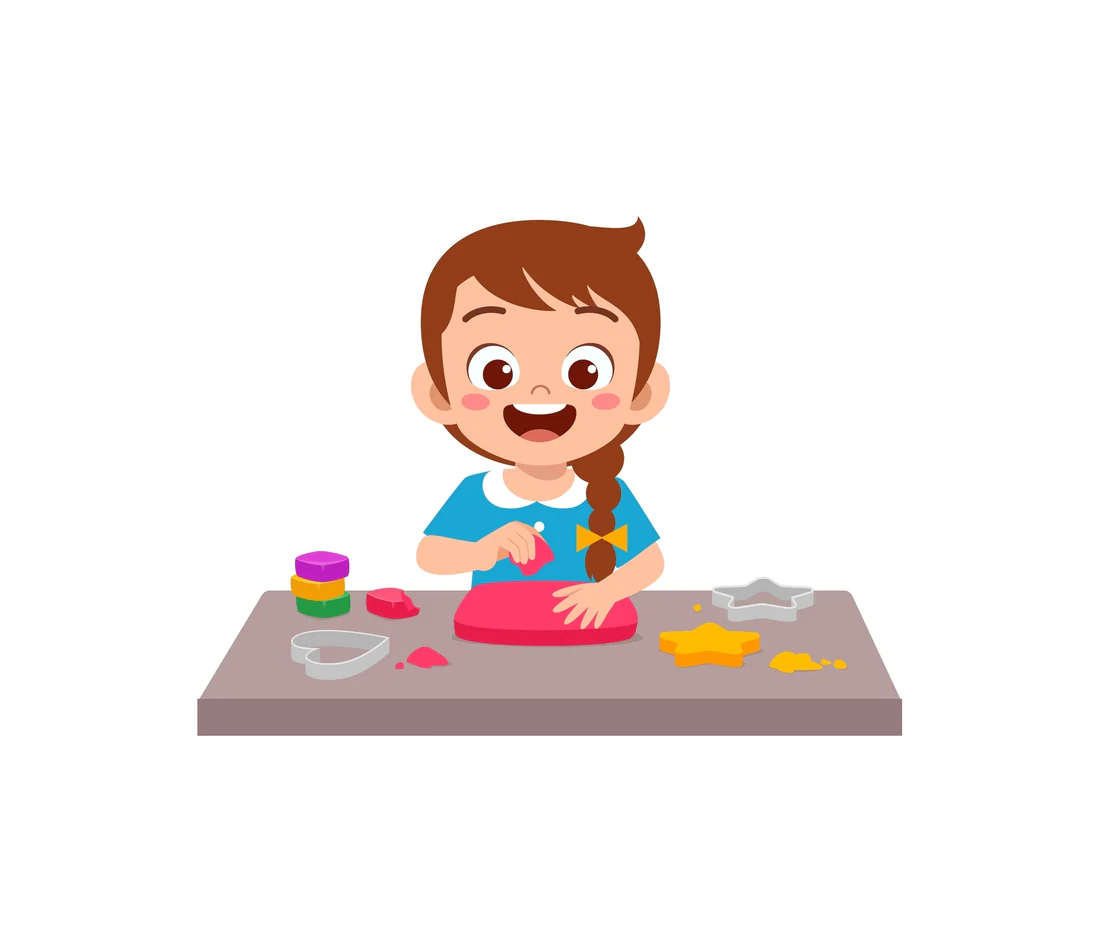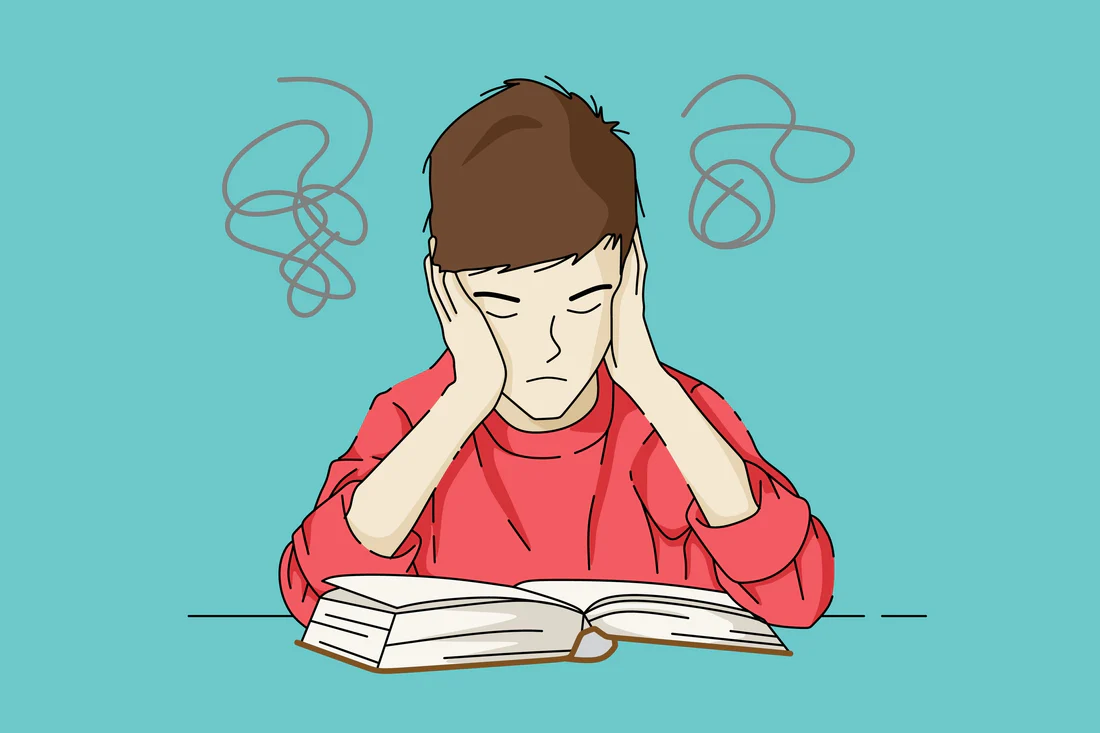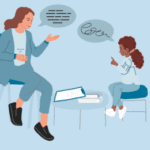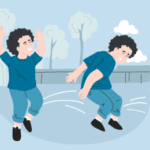
Blog
10 Learning Disabilities in Children | Overview with Symptoms and Strategies
June 24, 2024
10 Learning Disabilities in Children | Overview with Symptoms and Strategies
10 Learning Disabilities in Children
Understanding learning disabilities is crucial for parents, educators, therapists, and special needs advocates who strive to support children facing these challenges. This blog provides an overview of common learning disabilities, detailing symptoms and a few effective strategies for managing them.
1. Dyslexia
Symptoms
Dyslexia primarily affects reading skills. Children with dyslexia often:
- Struggle with phonemic awareness (the ability to recognize and manipulate sounds in words)
- Have difficulty decoding words
- Exhibit slow and labor-intensive reading
- Experience spelling challenges
- Avoid reading aloud
Strategies
- Phonological Training: Focus on improving the ability to hear, identify, and manipulate sounds.
- Multisensory Instruction: Use visual aids, tactile activities, and auditory feedback to reinforce learning.
- Reading Programs: Structured literacy programs, such as Orton-Gillingham, can be highly effective. Simple reading aloud with parents.
- Assistive Technology: Tools like text-to-speech software can help children access reading material.
2. Dysgraphia
Symptoms
Dysgraphia affects writing abilities. Common symptoms include:
- Illegible handwriting
- Inconsistent spacing between letters and words
- Poor spatial planning on paper
- Difficulty with fine motor skills required for writing
- Struggles with spelling and written expression
Strategies
- Physical & Occupational Therapy: Focus on fine motor skills and hand-eye coordination.
- Writing Alternatives: Allow the use of keyboards and speech-to-text programs.
- Structured Handwriting Programs: Programs like Handwriting Without Tears can improve writing skills.
- Use of Graph Paper: Helps with spacing and alignment.
3. Dyscalculia
Symptoms
Dyscalculia affects mathematical abilities. Children may:
- Struggle with number sense and math facts
- Find it difficult to understand and remember mathematical concepts
- Have trouble with calculations and solving math problems
- Mix up numbers and symbols
- Experience anxiety related to math
Strategies
- Concrete Examples: Use physical objects to illustrate mathematical concepts.
- Visual Aids: Charts, diagrams, and color-coding can help make abstract ideas more tangible.
- Step-by-Step Instruction: Break down complex problems into smaller, manageable steps.
- Math Games: Incorporate games to make learning math fun and interactive.
4. ADHD (Attention-Deficit/Hyperactivity Disorder)
Symptoms
ADHD affects attention, hyperactivity, and impulsivity. Key symptoms include:
- Inattention: Difficulty sustaining focus, careless mistakes, easily distracted
- Hyperactivity: Fidgeting, inability to stay seated, excessive talking
- Impulsivity: Interrupting, difficulty waiting, acting without thinking
Strategies
- Behavioral Therapy: Focus on developing organizational and coping skills.
- Structured Environment: Consistent routines and clear expectations can aid in managing symptoms.
- Break Tasks into Chunks: Smaller, manageable tasks can help maintain focus.
- Medication: Some children may benefit from medications prescribed by a healthcare provider.
5. Delayed Speech
Symptoms
Children with delayed speech may:
- Have a limited vocabulary for their age
- Struggle to form sentences
- Experience difficulties with pronunciation and articulation
- Have trouble following directions or asking questions
Strategies
- Speech Therapy: Professional intervention to improve speech and language skills.
- Modeling and Repetition: Repeat words and sentences to reinforce learning.
- Interactive Reading: Reading books together and discussing the content can boost language development.
- Encourage Communication: Create opportunities for the child to express themselves verbally.
6. Nonverbal Learning Disorder (NVLD)
Symptoms
NVLD affects motor skills, visual-spatial organization, and social skills. Symptoms include:
- Strong verbal skills but poor motor coordination
- Difficulty with nonverbal cues and body language
- Challenges with spatial awareness
- Struggles in social interactions and adapting to new situations
Strategies
- Social Skills Training: Practice and reinforcement of social rules and cues.
- Physical Activities: Encourage participation in sports or activities that improve coordination.
- Visual Supports: Use charts, diagrams, and visual schedules.
- Physical & Occupational Therapy: Improve fine and gross motor skills.
7. Auditory Processing Disorder (APD)
Symptoms
APD affects how the brain processes auditory information. Symptoms include:
- Difficulty understanding spoken instructions
- Trouble distinguishing between similar sounds
- Poor listening skills in noisy environments
- Frequently asking for repetition
Strategies
- Auditory Training Programs: Exercises designed to improve auditory processing skills.
- Preferential Seating: Sit the child close to the teacher to minimize background noise.
- Visual Aids: Supplement verbal instructions with visual supports.
- Clear Speech: Use clear, concise language and repeat important information.
8. Dyspraxia
Symptoms
Dyspraxia affects motor coordination. Children may:
- Struggle with fine and gross motor skills
- Find it hard to perform tasks requiring coordination (e.g., tying shoes, using scissors)
- Experience delays in reaching developmental milestones
- Have difficulty with handwriting and spatial orientation
Strategies
- Physical & Occupational Therapy: Focus on improving motor skills and coordination.
- Physical Activities: Encourage activities that promote balance and coordination.
- Break Tasks Into Steps: Simplify tasks by breaking them down into smaller, sequential steps.
- Supportive Tools: Use tools like pencil grips or weighted utensils to aid in tasks.
9. Language Processing Disorder (LPD)
Symptoms
LPD affects the ability to understand and use spoken language. Symptoms include:
- Difficulty following conversations
- Struggles with understanding complex sentences and vocabulary
- Problems with reading comprehension and written expression
- Challenges in expressing thoughts clearly
Strategies
- Speech and Language Therapy: Intervention to improve language comprehension and expression.
- Simplified Instructions: Use clear, simple language and break down complex instructions.
- Visual Supports: Visual aids can help reinforce verbal information.
- Practice Exercises: Regular practice with language activities can boost skills.
10. Visual Perceptual/Visual Motor Deficit
Symptoms
This disorder affects the ability to interpret and coordinate visual information. Symptoms include:
- Difficulty with reading and writing
- Struggles with spatial awareness and visual memory
- Problems with hand-eye coordination
- Frequently losing place while reading
Strategies
- Vision Therapy: Professional intervention to improve visual processing skills.
- Use of Visual Aids: Charts, organizers, and color-coded materials can help.
- Physical Activities: Exercises that improve hand-eye coordination.
- Consistent Practice: Regularly engaging in activities that challenge visual-motor integration.
Understanding the various learning disabilities that affect children is the first step toward providing the support they need to thrive. By recognizing symptoms early and employing effective strategies, parents, educators, therapists, and advocates can make a significant difference in these children’s lives. Remember, every child has the potential to succeed with the right support and interventions.











































































